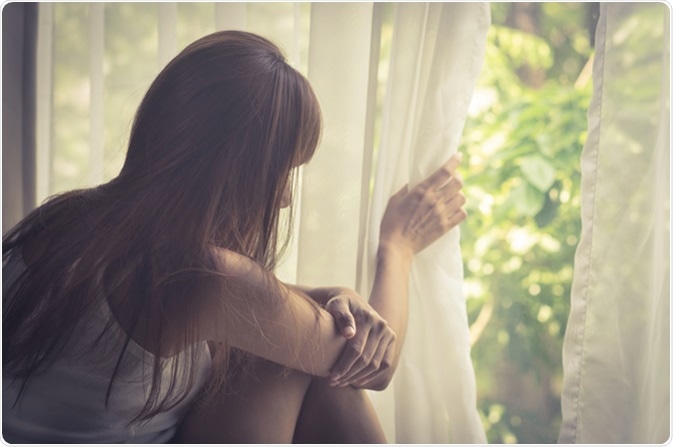Launching 1st March 2023. Also check out: https://www.thailandmedical.news/
Social anxiety disorder (SAD) or social phobia is common in the general population, with a lifetime prevalence of 2–5% in adults. It presents as a fear of any situations in which interactions with other people are required. SAD is said to be the third most prevalent psychiatric disorder in the world.

Epidemiological studies in the USA report that about 7% of the population is affected by social anxiety at any time, and the lifetime risk of the disorder is around 13%. SAD rates among the South American populations are similar to those of the USA, whereas Korea, China, and Japan show extremely low rates of 0.6%, 0.2%, and 0.8% respectively. Generally high rates of SAD are found in Russia.
It is estimated that around 70–80% of those with SAD also have comorbid anxiety, mood, and substance-related disorders.
DSM-IV categorizes SAD into two subtypes: generalized and non-generalized.
Generalized SAD: This condition is the most debilitating, because the patient has a general fear of most social situations and interactions.
Non-generalized SAD: This circumscribed type of phobia generally involves the fear of any public performance, where the patient is afraid to give a public speech, perform an act in public, and so on.
The period of onset of SAD is generally late childhood and adolescence. Although it may develop at any age, it rarely occurs for the first time after the age of 25. The rate of occurrence in pre-adolescence (at around the age of 10) is around 3.5%, and this figure increases to 14% by adolescence. Though the gender distribution is equal during pre-adolescence, more females than males are affected in later stages of adolescence and adulthood. Childhood SAD if left untreated follows and continues into adulthood. SAD is a lifelong problem, although it may become less severe with age.
Extremely self-conscious and over-sensitive people are a high-risk group for SAD. Recalling that social anxiety begins in the pre-teen years, the most common situations leading to social phobia are:
The current female to male ratio for SAD is 2.5:1.2, although in many clinical studies males seem to be more affected. There may be some specific factors which dictate the gender ratio pattern.
Girls display more general anxiety as they are more likely to be affected by childhood abuse, parental conflicts, anxiety problems in the mother, or their performance or non-performance in school; whereas boys are more likely to be disturbed by the lack of a parent or an adult mentor.
In a general survey using several assessment tools, it was found that women expressed greater fear than men while talking to someone in authority, performing in front of a large group of people, working under observation, entering a room already full of people, expressing approval or disapproval in new situations, and being the center of attention.
Men, however, showed more fear than women in using public restrooms and in returning goods bought from a store. The reasons for this gender disparity could lie in the roles that society expects them to play.
Social fears depend on the cultural environment in which one lives and therefore cross-cultural variations exist in SAD. A form of behavior that is acceptable in one culture may not be so in another, owing to differences in social rules and expectations. For example, the degree of focus, whether idiocentric (individualistic) or allocentric (collectivist), can be a major component in diagnosis.
Collectivist societies like Asian societies tend to accept more reserved behaviors, and this explains the lesser rates of SAD in these countries.
The prevailing SAD rates in other Western countries are similar to those in the USA.
A survey carried out in 2001–2002 in the USA showed that the following categories of people were more likely to have SAD:
while the following were at less risk for SAD:
Most patients are not aware of their condition, and consult their doctor only after they have suffered for many years. Chronic SAD is associated with a higher risk of comorbid conditions, which may conceal the underlying social phobia.